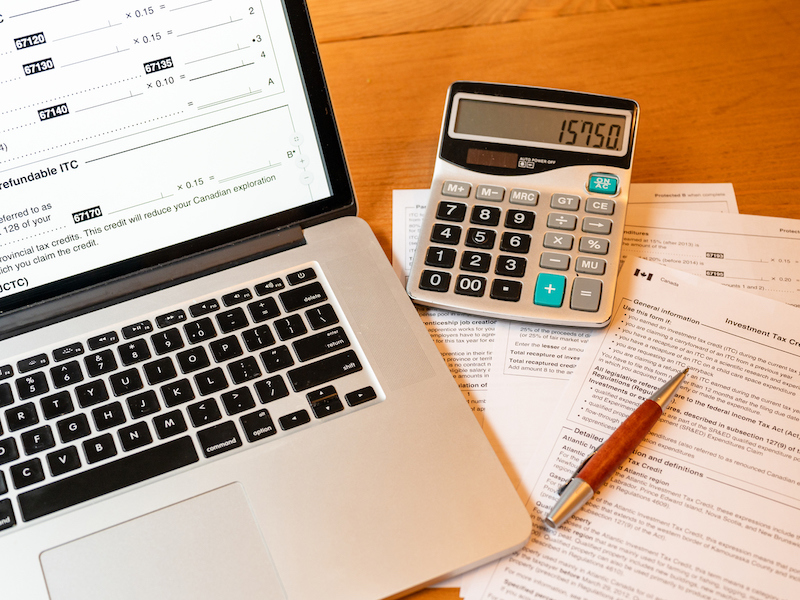
The Canada Revenue Agency’s (CRA) new identity verification service may improve accessibility for those working with tax professionals and applying for means-tested financial assistance, but may still be out of reach for some vulnerable Canadians.
Taxpayers may now use their driver’s licences, passports and provincial or territorial photo ID to gain instant access to the CRA’s online services, the agency announced last week. Users must be 16 or older and use an electronic device with a camera.
Taxpayers still have the option to request a CRA access code, which takes up to 10 days to arrive at a residential address by mail.
The new verification process will be more convenient than the “frustrating” process of requesting a code by mail, said Kim Moody, founder of Calgary-based tax firm Moodys Private Client. Digital verification avoids the risk that the code gets lost in the postal system.
“If it works as well as I hope it does … this is something that we’ve been hoping for a long time to make it much more convenient,” Moody said.
The new signup process will make accountants’ jobs easier, since many rely on their clients to share their tax information, Moody said. The new signup method will allow instant access.
The new verification method will also help expedite applications for benefits that require income verification, such as provincial assistance for childcare and housing, said Elizabeth Mulholland, CEO of Prosper Canada, a national economic opportunity charity.
“It will 100% speed up the process,” Mulholland said. “All sorts of provincial in-kind support and subsidy programs for low income people hinge on being able to provide that notice of assessment.”
However, people without access to a smartphone, mobile internet or any approved form of ID won’t be able to use the digital signup process. Low-income people are less likely to drive and travel, and may not be able to afford the appropriate documentation.
Further, she said people without permanent housing are further disadvantaged, as documentation could get lost or stolen during moves or while sleeping outside, and agencies frequently require a mailing address to send a replacement.
Mulholland gave the CRA credit for making it easier to sign up for online filing, but said the government isn’t off the hook for the auto-filing pilot promised for this year.
“[Auto-filing] really would eliminate most of the barriers to tax filing that people with low incomes face,” she said. “This is a second year where the government promised auto-filing, but we haven’t seen anything materialize yet.”
A spokesperson for the CRA confirmed to Investment Executive in December that it intends to move forward with the auto-filing pilot project this year.
Editor’s note: The 2024 federal budget, which was tabled after this story was published, stated the automatic tax filing pilot would begin this summer.